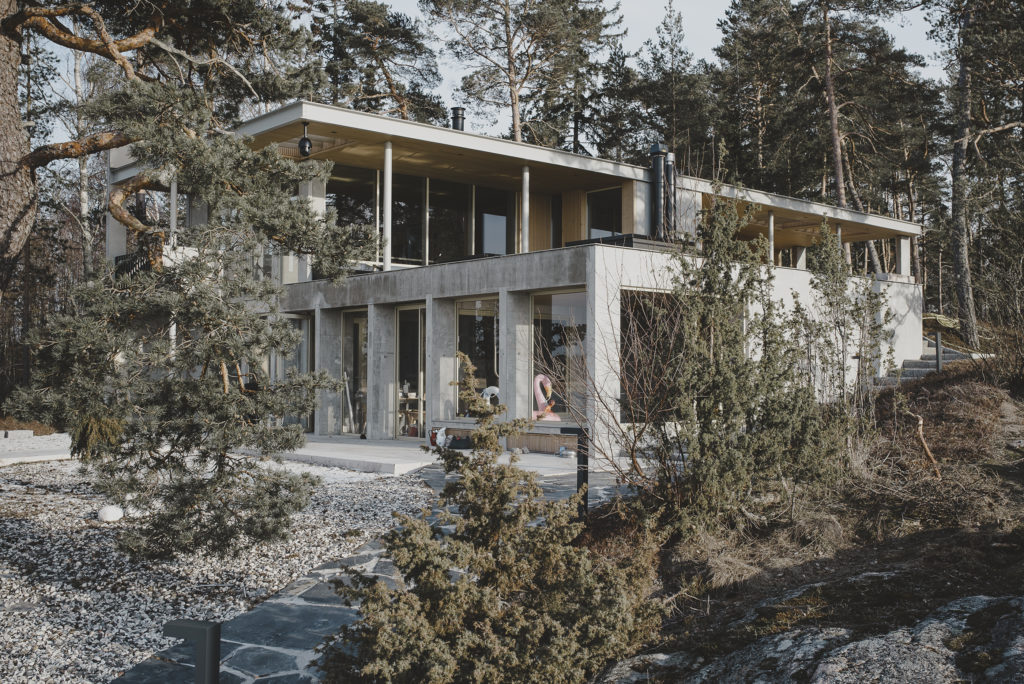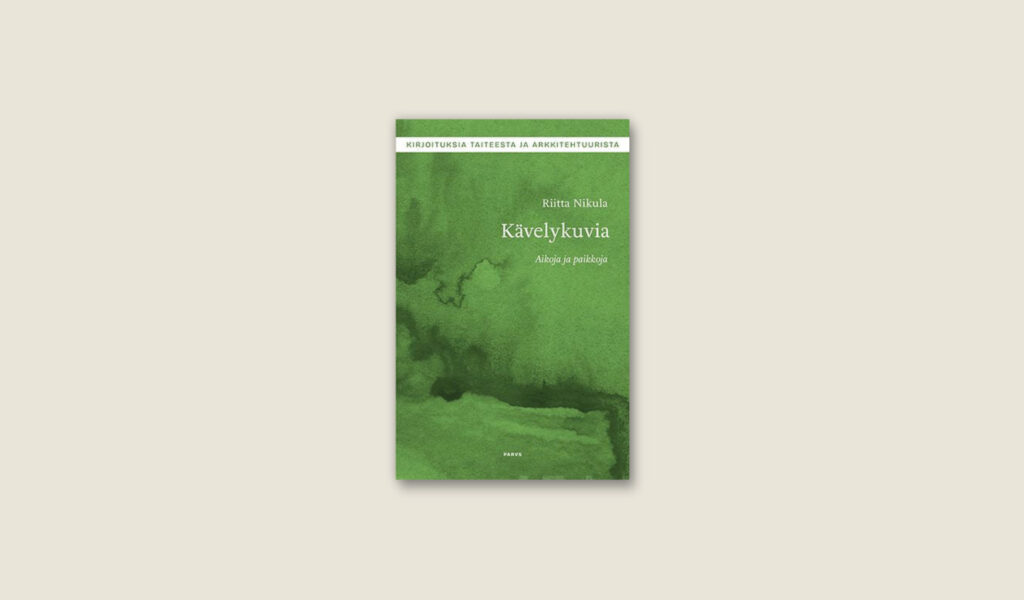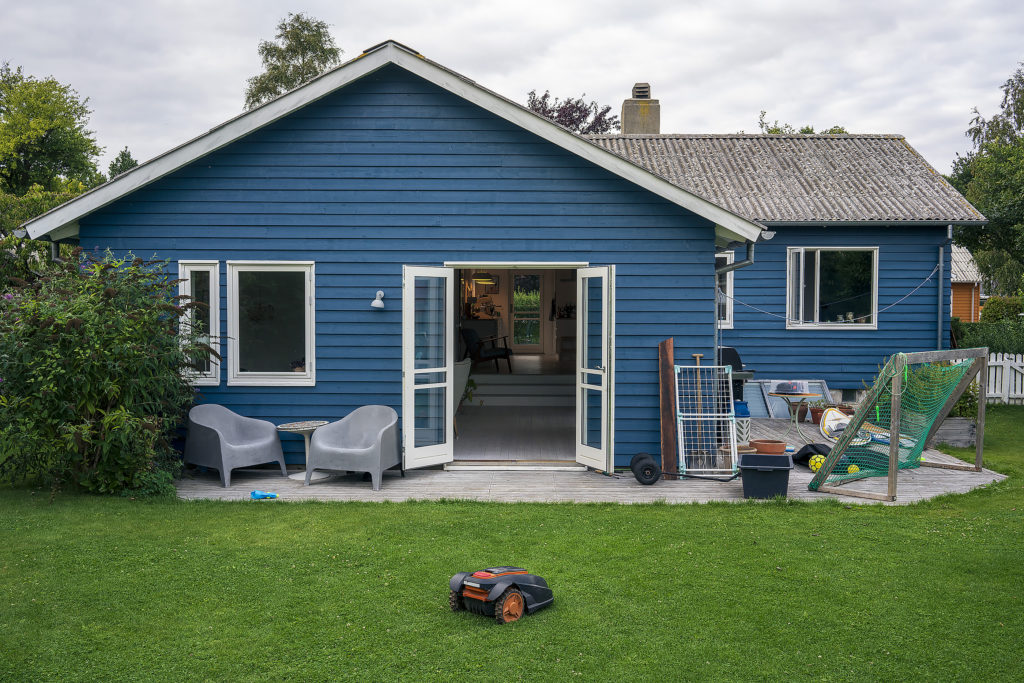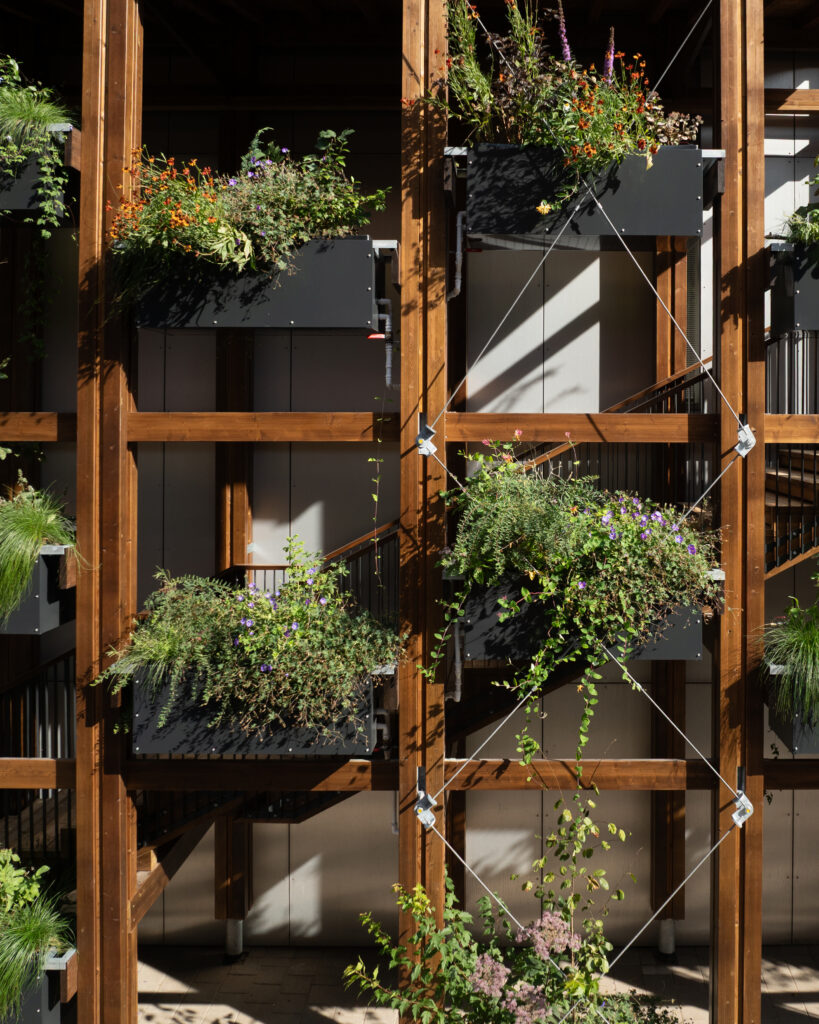Natura conclusa

What would cities look like if they were sometimes designed for species others than humans?
Although cities are largely human-centred environments, other species have always lived in cities, sometimes more, sometimes less harmoniously alongside humans. Some species have been introduced in the cities by humans themselves, and some have moved in of their own accord, attracted by suitable habitats. The urban environment also encroaches upon the habitats of other species, in which case the option is either to stay and adapt, or to leave and go elsewhere.
Other species are seen as desirable if they are of direct benefit to humans, for example as pets or providers of ecosystem services, or are tolerated if they remain inconspicuous and do not disturb people. In situations where there are conflicts of interest, other species are almost invariably forced to give way to human needs, real or imagined. In addition to the pros and cons, it is worth emphasizing that other species also have an inherent right to live in an urban environment if they choose so. As a counterbalance to human centric urban spaces, designated spaces for other species are also needed.
Our vision is set in Hernesaari in Helsinki, an area currently undergoing urban redevelopment. It describes a new kind of space intended for urban nature, where people are not meant to be at all. The residential areas of other species will be placed on par with the human residential areas. The building will act as a protective wall that prevents people from entering the area. The building will include various nesting and protective structures, and the terrain will be shaped so it is suitable for species typical of coastal biotopes. From the building, people will have the opportunity to observe the lives of the neighbouring other species without interfering. The piece of urban nature delimited by the building is a symbolic gesture and a way of learning to share space with other organisms. Hortus conclusus refers to the enclosed garden where nature, cultivated to the extreme, is entirely under human control. In natura conclusa, although it is limited, power rests elsewhere. ↙
STELLA VAHTERISTO is an architect on an adventure in the jungle of renovation, urban architecture, and veterinary medicine.
ELKA LUPUNEN is a landscape architect who would like to design better urban spaces for the plants growing in the cracks of the pavement.




